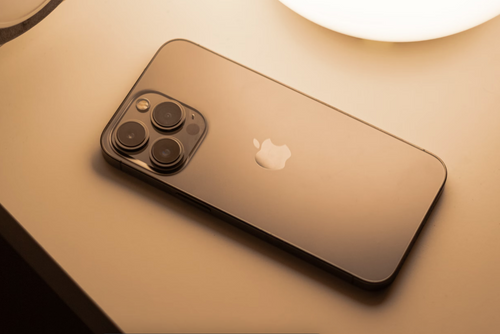Just in case you missed the memo, the iPhone 15 series has a USB-C port, like all the Androids out there. The Lightning port, which forced users to pay a criminally high price for poorly made cables, is gone. But it was not some angelic change of heart.
The EU passed a new rule. It mandated a common charging standard for a wide range of consumer electronics devices — including phones. Do it, or face a sales ban, warned the market lords in the EU. Apple had to oblige.
The core objective was culling the load of proprietary ports as it would reduce the e-waste burden and also save buyers money. Now, India wants to do the same, but for older iPhones as well, armed with the same e-waste argument.
According to Reuters, India is currently in discussions with smartphone manufacturers to adopt a strategy similar to the European Union regulation mandating a universal USB-C charging port in smartphones. They aim to implement this requirement in India by June 2025.

The likes of Samsung have already agreed to the government's proposal. But the situation is easier for them since almost every brand has shifted to the USB-C as the standard charging and data port. That too, a while ago.
But Apple’s situation is unique. That’s because a majority of iPhones sold in India, both old and new, are older generation iPhones with a Lightning port. The main factor is the cost. Festive deals and discounts are the biggest drivers of iPhone sales in India, most of which are older iPhone models.
“India’s iPhone market is driven mostly by n-1 or n-2 generation iPhones,” Navkendar Singh, Associate Vice President with IDC India, recently told me. Then we have a huge second-hand iPhone market in the country. I regularly see people spending 30-40K on older iPhones instead of spending on an Android.
But why? Neil Shah, Partner & Research Vice President at CounterPoint, tells me that the sheer build quality, a long-update cycle, and the prestige factor are what compel buyers to spend on older iPhones instead of getting a current-generation Android device.
Apple knows that all too well, which is why it continues to make older generation iPhones, in bulk, for India.
Apple's unique challenge in India

So, why exactly is Apple lobbying against the government’s proposal?
Well, first of all, forcing a USB-C mandate on iPhones would mean redesigning all the iPhones, in order to switch them away from Lightning port. Apple did it for the iPhone 15 series, so why not for the oldies that are already under production at Apple’s sprawling units in India?
That’s easier said than done. Designing a new iPhone takes years of research. Changing a port is not that simple, either, especially when the cheaper iPhone 15 and its Plus variant have a lower-end USB-C port, while the pricier iPhone 15 Pro models feature a more powerful version with much higher data transfer capabilities that also unlock new use-case scenarios.
“The design of earlier products cannot be changed: Apple”
It’s worth noting here that a USB-C port is not merely for charging and data transfer. Depending on its connection with the graphics processing unit inside, it allows conveniences like the ability to drive a high-res external monitor. The iPhone 15 Pro's faster port even allows video capture on an external storage device.
According to Reuters, during a confidential meeting held on November 28 and presided over by India's IT ministry, Apple made a request for existing iPhone models to be excluded from the regulations. They cautioned that failing to do so would impede their ability to achieve the production targets outlined in India's production-linked incentive (PLI) scheme.
Apple is against the Indian government’s proposal, but if it is forced to make the change at the cost of derailing iPhone production in India, it would need more time to implement it. How much?
At least 18 months, while the Indian government’s proposal seeks compliance by June of 2025. At a time when Apple is increasingly shifting its base away from China, and will reportedly move 25% of iPhone production to India by 2024, the government's proposal could stir a major upheaval in its plans.

